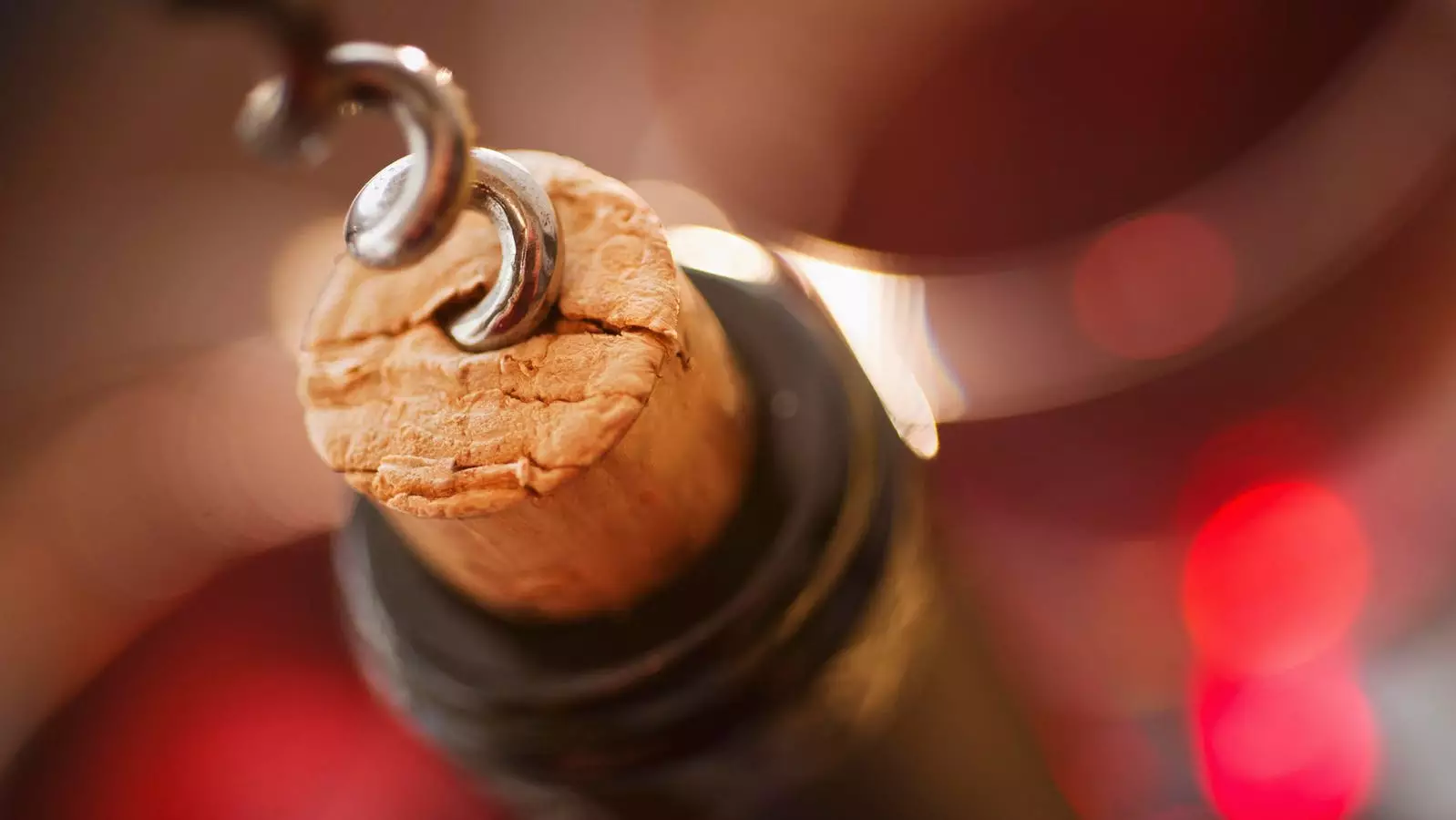The holiday season always brings about joyous gatherings and the search for the perfect gift. For many, nothing says “thoughtful host” quite like a beautiful bottle of wine. However, when it comes to choosing the right bottle, what you encounter at the store can greatly influence your selection. Surprisingly, the choice often hinges not on the quality of the wine itself, but rather on how it’s packaged. This phenomenon has broader implications, shedding light on the intricate dance between consumer psychology and marketing strategies.
Let’s imagine a scenario: you find a stunning bottle of red wine, exquisitely rated, and perfect for the occasion. You reach for it, only to notice the dreaded screw top. At this moment, you may find yourself hesitating. The irony is that both screw caps and traditional corks serve the same purpose in terms of preserving wine quality. Scientific research confirms that screw tops excel in preventing oxygen exposure after bottling, thereby ensuring that the wine remains fresh and free from oxidation or “corked” flavors associated with traditional corks.
Despite these advantages, screw tops still carry a negative connotation for many consumers. The tendency to associate cork with quality and craftsmanship is a powerful psychological bias that continues to influence buying behaviors. Understanding why this bias exists can illuminate strategies for marketing across various sectors.
For centuries, the simple act of uncorking a bottle has been entwined in wine culture. It’s not just about opening a bottle; it’s about the ceremony that accompanies it. The pop of a cork releases anticipation—a sensory thrill that screw tops simply cannot replicate. This ritualistic behavior reinforces associations of luxury and high-quality experiences. When gifting wine, consumers often perceive corked bottles as more thoughtful and generous. This perception, even if ungrounded in fact, shapes purchasing decisions and influences market dynamics.
Marketers adeptly understand and leverage this cognitive bias. They often design their branding and packaging to elicit emotional responses that align with consumer expectations. A bottle sealed with a cork communicates a narrative of exclusivity and tradition, elevating the wine’s perceived value—a hack that extends into competitive marketing practices across industries.
Studies in neuromarketing reveal that consumer experiences with wine aren’t confined to taste alone. Other factors, such as sound, sight, and context significantly impact enjoyment levels. For example, research has shown that when consumers hear the cork pop, there’s an associated psychological boost that enhances their anticipation and overall experience of the wine. In this way, sensory engagement plays a critical role in shaping our preferences and purchase behaviors.
When consumers perceive a wine as expensive or high-quality, their overall enjoyment increases simply because of these preconceived notions. Behavioral science expert Richard Shotton highlights this phenomenon, observing that expectation often surpasses objective quality in consumers’ minds. He notes studies where participants rated wine more highly when they believed it was expensive, revealing that our perception of value is often shaped by contextual cues and market positioning.
An interesting paradox arises when discussing the effort involved in accessing a product. Common wisdom suggests that consumers gravitate toward conveniences—products that require minimal effort to enjoy. While it’s true that a screw top offers less friction compared to wrestling with a corkscrew, the association of cork with effort creates an additional layer of perceived value.
The work of Charles Spence demonstrates how engaging physically in the process of uncorking can elevate the taste experience, suggesting that even the mere act of opening the wine may color our perception. Yet, imposing too much effort could detract from the luxury experience that high-end wines promise.
Implications for Brands and Marketers
The impact of packaging choices transcends the wine industry, affecting consumer behavior across all sectors. Brands should be meticulous in aligning their physical packaging and consumer expectations to create compelling experiences that resonate deeply with their audience. From elegant box designs to the weight and texture of the product, every sensory detail can play a pivotal role in shaping brand perception.
While the technical superiority of screw tops cannot be overlooked, consumer bias toward corks reflects a deep-rooted psychological framework. In marketing, the ability to navigate these perceptions can differentiate a brand in a competitive landscape. By recognizing the dual influence of tradition and consumer psychology, brands can better connect with consumers, effectively uncorking a richer engagement experience.

